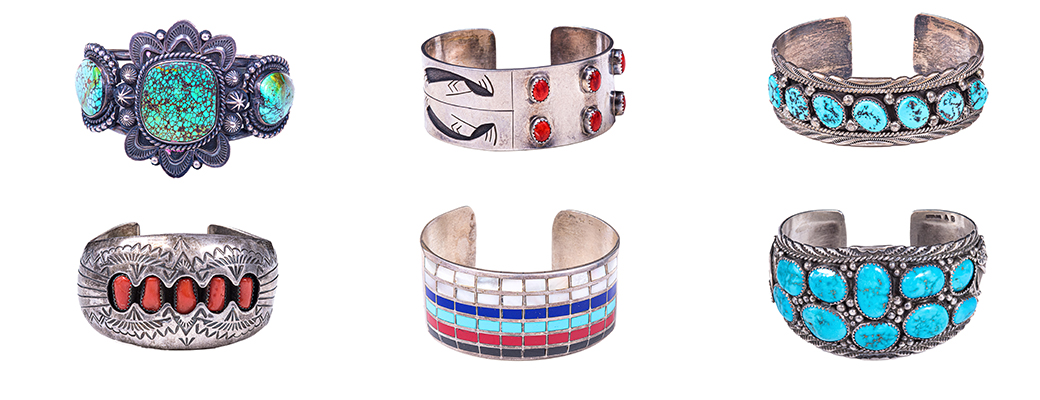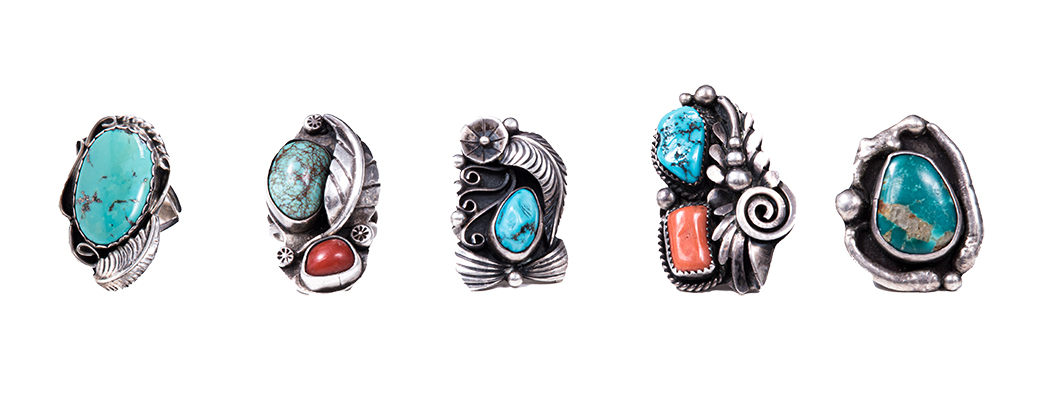Syl-Lee Antiques buys Native American jewelry and turquoise jewelry in New York and Long Island
Native Americans have been crafting jewelry inspired by their natural surroundings for more than 12,000 years. In fact, the earliest known items of North American jewelry are a set of bone earrings that were found close to Fairbanks, Alaska—estimated to be 12,300 years old.
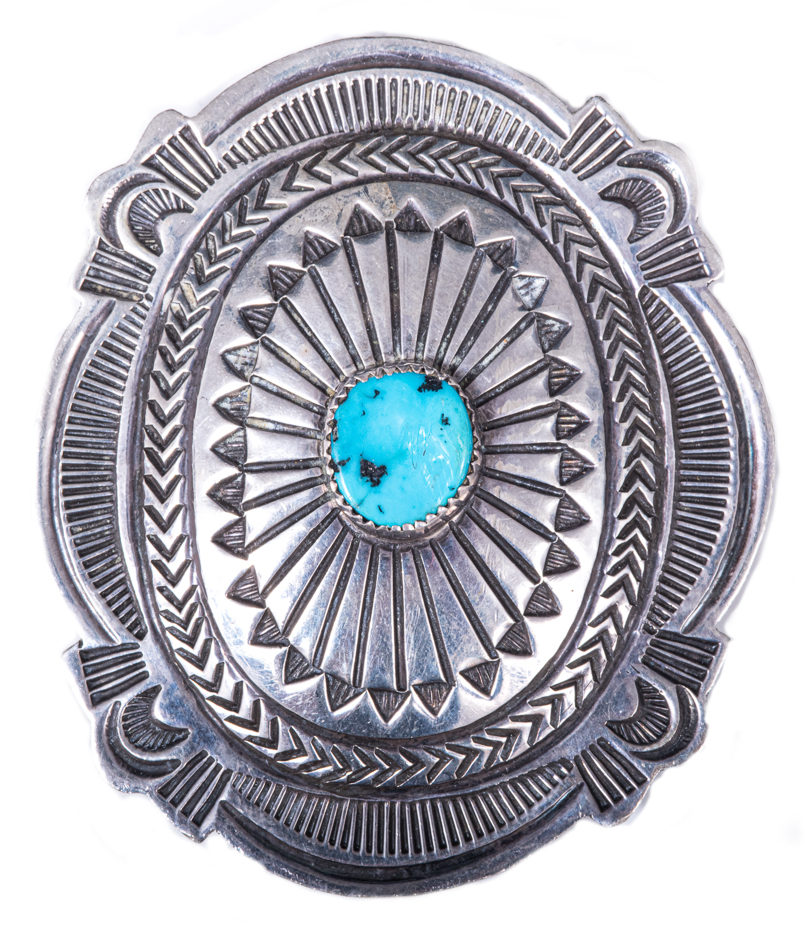 Though initially, Native Americans created jewelry for adornment, display, and ceremony, soon they went on to make it for trade and sale. However, as their cultures were oppressed more and more by the settlers and their descendants, their jewelry began to signal resistance to assimilation. Today, Native American jewelry and turquoise jewelry remains a major statement of individual and tribal identity.
Though initially, Native Americans created jewelry for adornment, display, and ceremony, soon they went on to make it for trade and sale. However, as their cultures were oppressed more and more by the settlers and their descendants, their jewelry began to signal resistance to assimilation. Today, Native American jewelry and turquoise jewelry remains a major statement of individual and tribal identity.
In addition to being an expression of culture, Native American jewelry is highly sought-after by people of a wide range of races and ethnicities. The most well-known types are Navajo, Zuni, and Hopi jewelry.
Navajo Jewelry
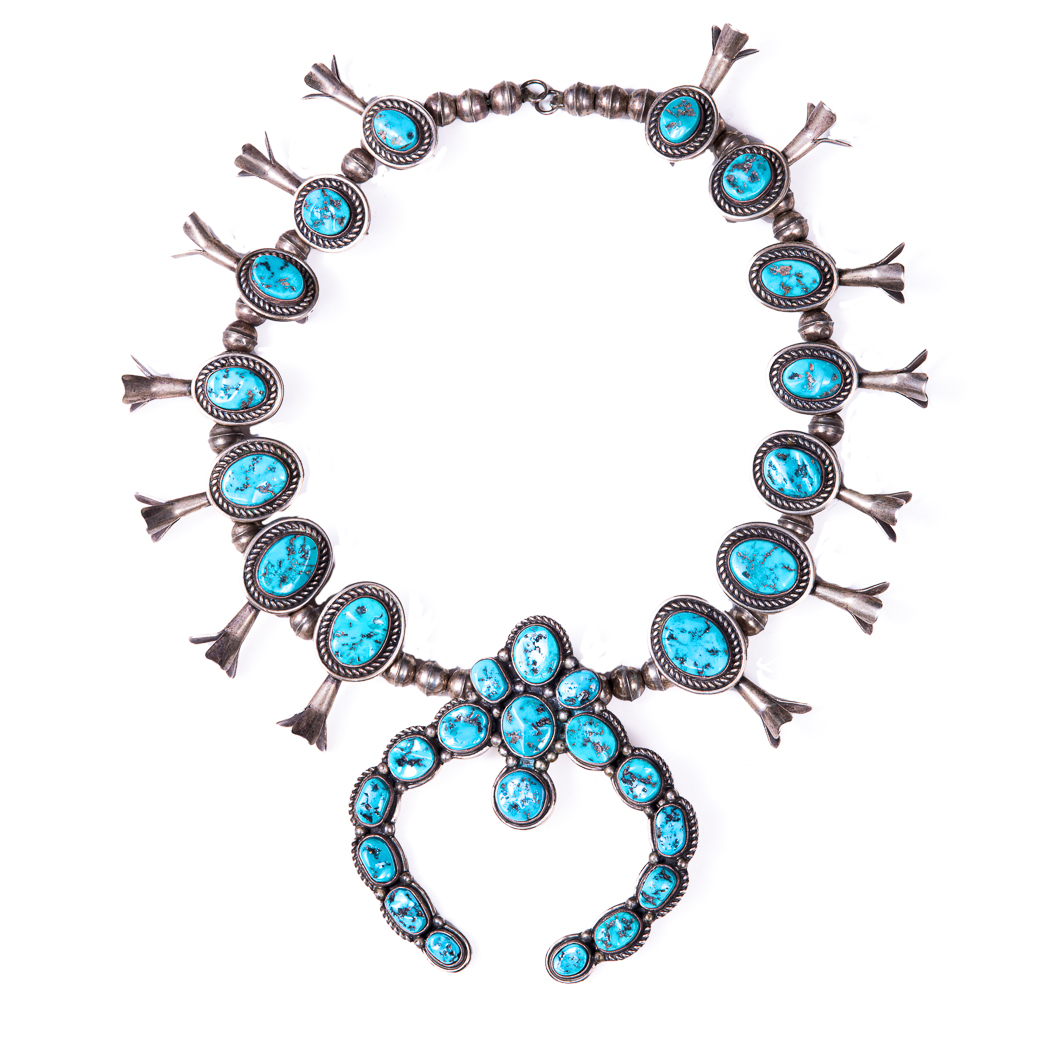 Navajo jewelers are well-known for their intricate silverwork, although the tribe didn’t practice this craft until the mid-1800s, when Atsidi Sani—or “Old Smith”—(1828-1918) learned it from a Mexican smith. The early Navajo silversmiths stamped, rocker-engraved, and filed designs into silver, but later they created handmade stamps with which to make patterns and shapes in the metal.
Navajo jewelers are well-known for their intricate silverwork, although the tribe didn’t practice this craft until the mid-1800s, when Atsidi Sani—or “Old Smith”—(1828-1918) learned it from a Mexican smith. The early Navajo silversmiths stamped, rocker-engraved, and filed designs into silver, but later they created handmade stamps with which to make patterns and shapes in the metal.
In the late 19th century, they also began incorporating turquoise into their designs after Long Mustache of Bear Tank learned how to set turquoise into rings. Among the types of ornaments they made and currently still make are rings, earrings, cuff bracelets, najas (or crescent-shaped pendants), hollow beads, crosses, and conchas or conchos—disks that are used to decorate belts—often making use of the combination of turquoise and coral.
One of the most representative items of Navajo jewelry is the squash blossom necklace, which consists of a string of plain silver beads interspersed with squash blossoms—or stylized beads—and with a naja at the center of the strand.
Zuni Jewelry
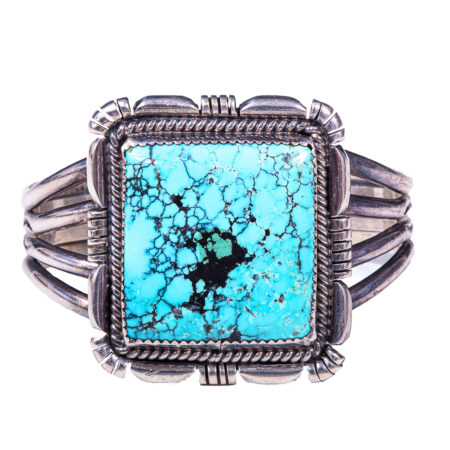 Zuni jewelry is renowned for its use of turquoise, steatite, argillite, red shale, shell, spiny oyster, and freshwater clam shell, all of which have been incorporated into their pieces since pre-colonial times. The use of silver was introduced in the 1800s, and it was a Zuni silversmith called Kineshde who was credited as the first to combine turquoise and silver in his jewelry.
Zuni jewelry is renowned for its use of turquoise, steatite, argillite, red shale, shell, spiny oyster, and freshwater clam shell, all of which have been incorporated into their pieces since pre-colonial times. The use of silver was introduced in the 1800s, and it was a Zuni silversmith called Kineshde who was credited as the first to combine turquoise and silver in his jewelry.
Zuni artisans are widely known for their skill with inlay—a technique in which the artist pieces multiple pieces of shell or stone together to form an image. When the stones join side-by-side, it’s referred to as stone-to-stone. When the pieces are held together with channels of silver, it’s called channel inlay. Designs are polished until they’re completely even, resulting in stunning, multicolored pieces with or without strands of silver.
The most traditional style of Zuni jewelry is known as petit point—which refers to tiny turquoise stones that are supported in delicate, individual metal sleeves. Due to the intricacy of this craft, petit point is priced by the amount of handiwork involved.
Another important characteristic of Zuni jewelry is the carving of shell and stone fetishes—a practice that dates back to before recorded times. Fetishes are generally symbolic animal figures whose powers are believed protect the owner. According to Zuni beliefs, true Zuni fetishes aren’t made for trade or sale.
Hopi Jewelry
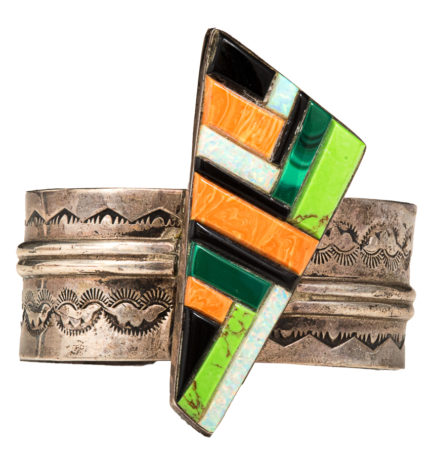 Hopi jewelry has its roots in spirituality, with early Hopi artisans making beads and carvings from wood, shell, bone, and stone. This all changed in the late 1890s when the Zuni silversmith Lanyade taught a Hopi craftsman called Sikyatala how to work silver.
Hopi jewelry has its roots in spirituality, with early Hopi artisans making beads and carvings from wood, shell, bone, and stone. This all changed in the late 1890s when the Zuni silversmith Lanyade taught a Hopi craftsman called Sikyatala how to work silver.
Initially, Hopi jewelry was virtually indistinguishable from contemporary Zuni and Navajo styles. However, in the late 1930s, silversmiths like Victor Coochwytewa began creating a style that was unique to the Hopi using a technique called overlay. In this technique, a design is etched into a sheet of silver and soldered into another sheet that features a cut-out design so the first sheet is visible. The bottom layer then oxidizes and darkens while the top layer is polished till it shines.
Hopi silversmiths have continued to develop this technique, even using non-traditional inlay materials such as wood, pearls, coral, and gold. Furthermore, many of today’s artists incorporate traditional Hopi designs into new, innovative creations.
Experienced Buyer of Native American Jewelry in NYC and Long Island
At Syl-Lee Antiques, we’ve been buying both individual pieces and collections of Native American jewelry for more than four decades. We also buy Mexican silver jewelry by names such as William Spratling, Antonio Piñeda, and Margot de Taxco. Because we understand that letting go of your valued possessions or family heirlooms can be truly upsetting, our team of Native American jewelry experts will come to you for a discreet in-home appraisal. If you decide to entrust us with your items, we’ll walk you through the process of transferring them to us and pay you on the spot—in cash.
Contact us for more information.

